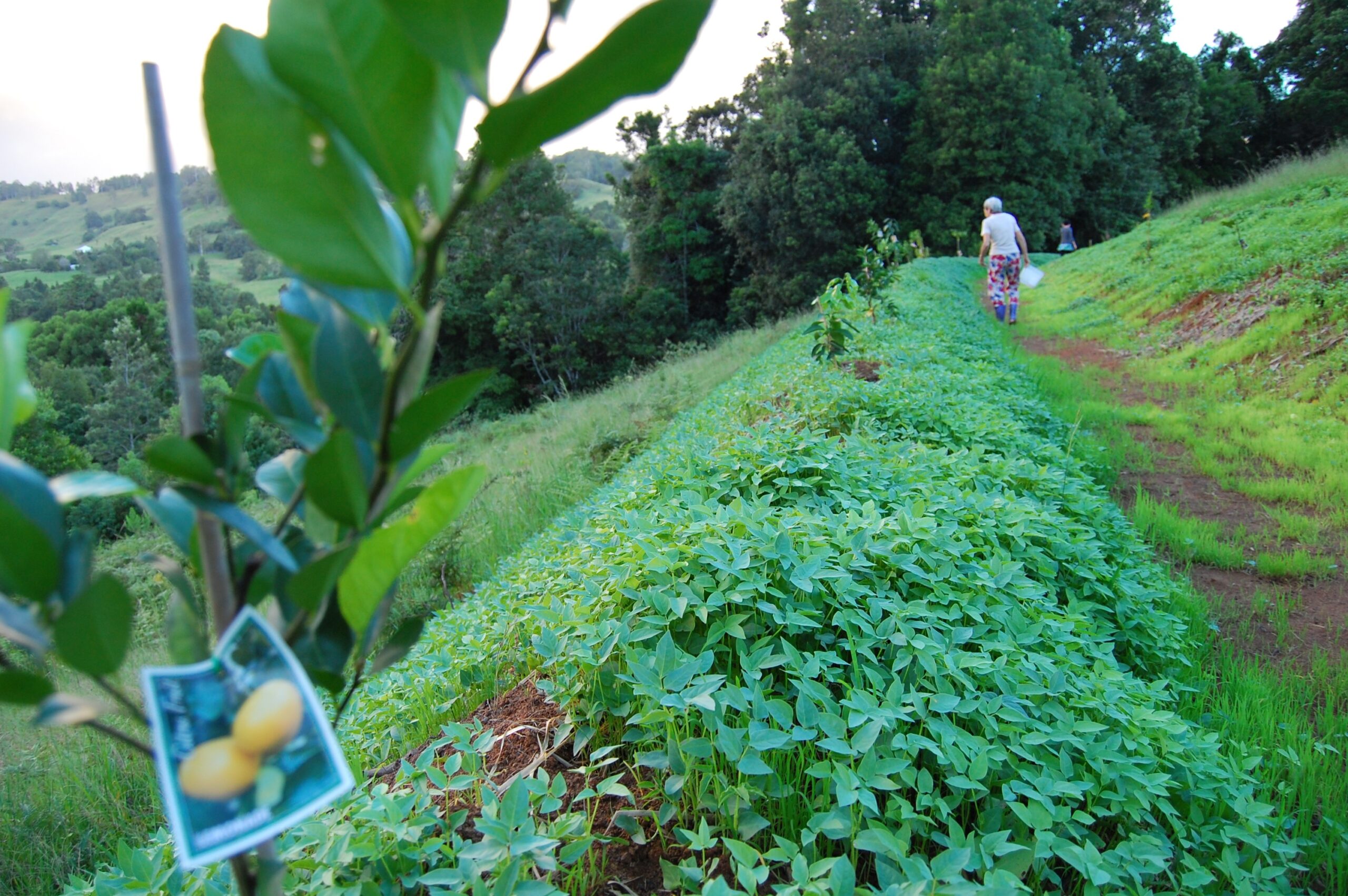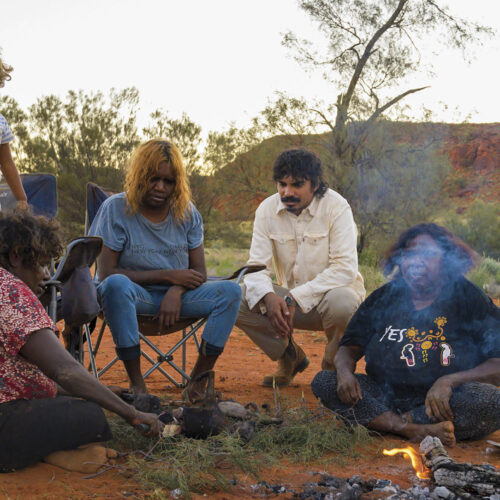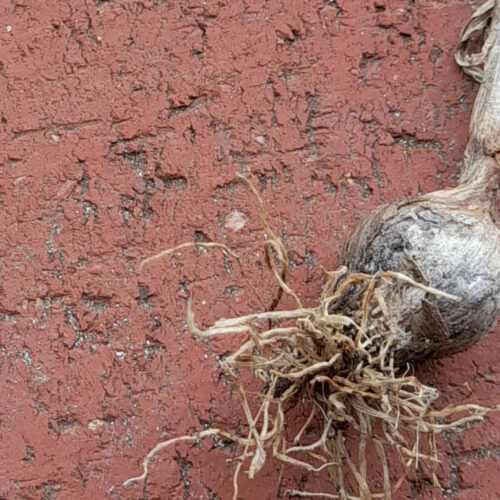Swale of a time
2010-03-11T05:32:37+11:00
A new swale covered in fruit trees has got Simon Webster excited.
Permaculturists love their swales – and I finally understand why. Water-harvesting ditches on contour, swales not only perform the function of forests – slowing down and passively spreading water into the landscape – but they are things of great beauty.
Having recently had a 140-metre-long swale installed by a talented geosurgeon (and his excavator and bulldozer) at my property in northern NSW, I have been amazed at how pleasurable it is just to walk along the thing, and watch it come to life.
A cover crop of cowpea and Japanese millet has quickly covered all the bare earth. When that dies off, the sweet potato cuttings that I’ve planted should take over as the perennial cover crop. The water caught in the swale soaks slowly into the raised bottom mound, into which I’ve planted 40-odd fruit trees along with numerous legume-fixing support species such as acacias and casuarinas, and lots of useful understorey stuff such as arrowroot and lemongrass. I’ve been lucky with wet weather ever since the earthworks, which has filled up the connected dam and got all the plants off to a flying start.
The picture on this posting shows the swale less than a month after the work was done. I’ll let you know how my food forest is progressing in future blogs, and hopefully I’ll write something in more detail for Organic Gardener magazine.
My neighbour Geoff Lawton, managing director of the Permaculture Research Institute of Australia permaculture.org.au, was very generous with his time – and his plants – in helping me establish my swale and dam.
Swales of different sizes and spacings are appropriate for all climates, and surprisingly small spaces: permie group Permaculture Sydney North – http://permaculturenorth.org.au – has recently been installing swales in suburban backyards as part of its “permablitz” program. They’re well worth investigating for anyone planning to grow productive trees.






